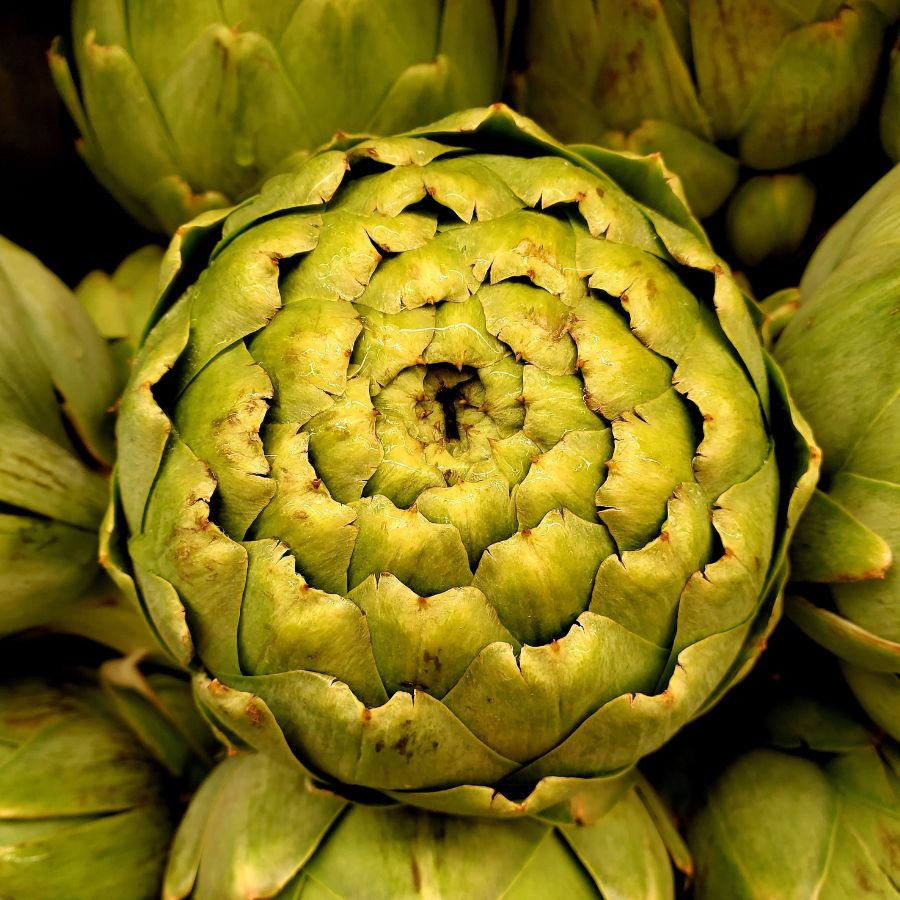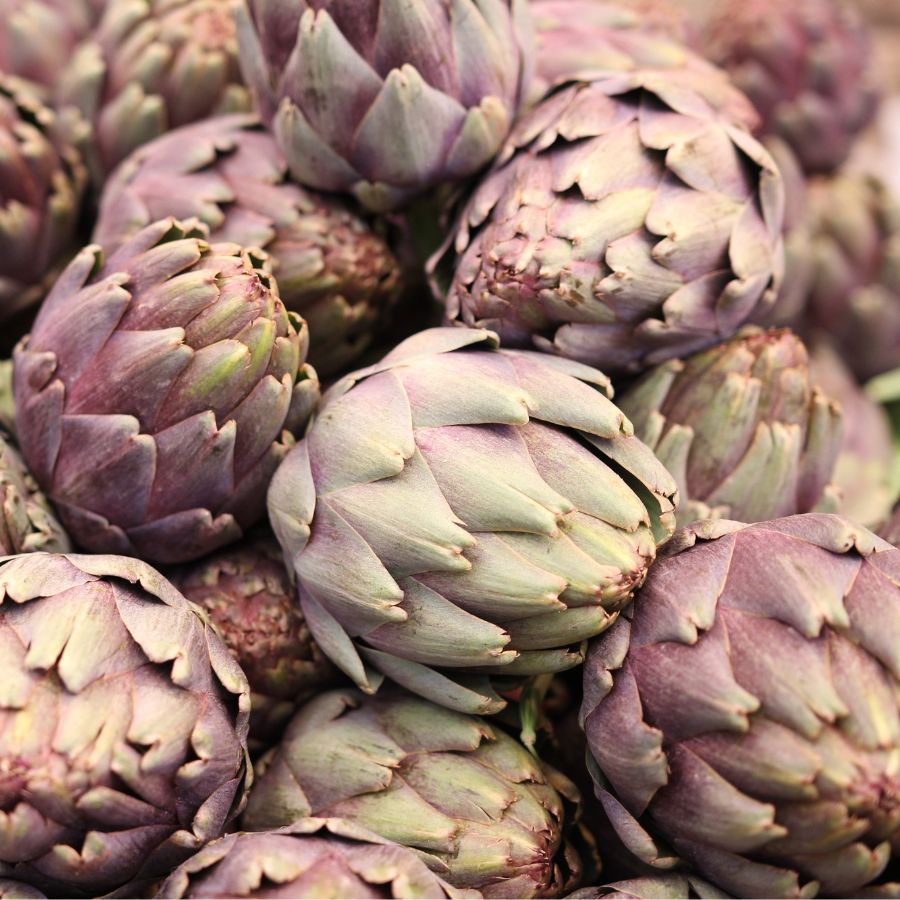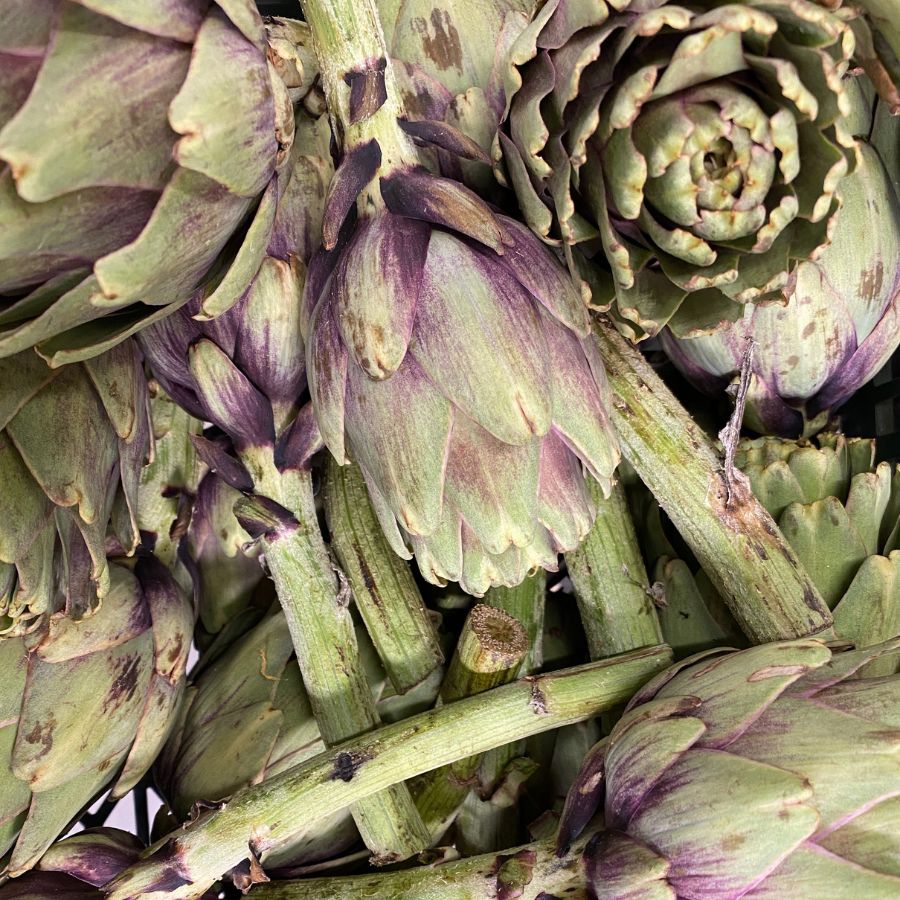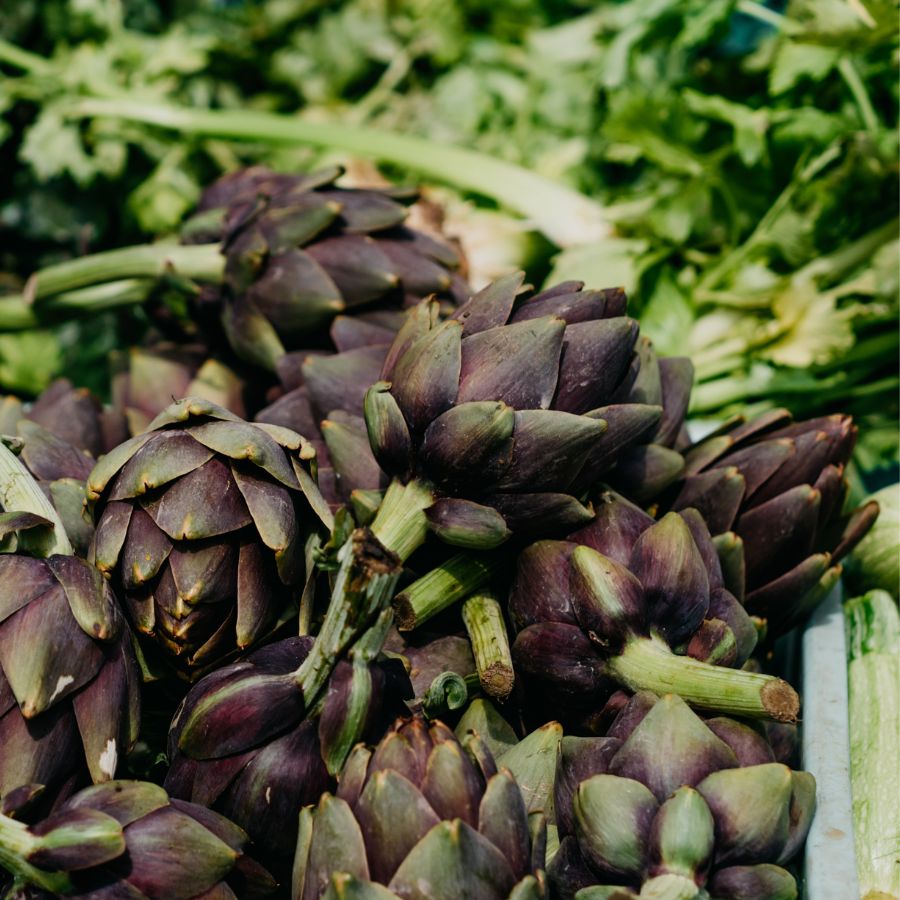Artichokes
Cynara cardunculus var. scolymus
Learn how to care for artichokes along with its history and classification details.

Hardiness Zone: 5-11
Soil Type: Slightly acidic to neutral
Sun Exposure: Full sun
Annual or Perennial: Perennial
Type: Vegetable
History: The ancestor of the artichoke is the North African thistle, which still grows in the wild today. Artichokes were first harvested by people in the Middle East. The artichoke gained most of its popularity in ancient Rome and Greece around 70 A.D. Artichokes remained popular until the fall of the Roman Empire.

How to Care for Artichokes
How do I plant artichokes?
Space each plant three to four feet apart in rows and leave four to five feet between the rows.
When is the best time to plant?
The best time to plant artichokes is in spring.
Can I grow artichokes in a pot?
Yes, you can grow artichokes in a pot.
How much should I water artichokes?
Artichokes should have constant moisture, but not water logged.
Do I need to fertilize artichokes?
You can fertilize artichokes frequently.
When does artichoke bloom?
Artichokes will begin to bloom in summer.
How do I know when artichoke is ripe?
A ripe artichoke will be a dusty green color.
When do I harvest artichoke?
Artichoke harvest starts in late July or early August and continues well until frost.
What is the best way to store artichoke?
Place the artichokes in a plastic bag and refrigerate them.
Is a artichoke a fruit or a vegetable?
Vegetable.
Should I plant any companion plants?
Artichokes grow well with peas, cabbage, sunflowers and tarragon.
What are the health benefits of the artichokes?
Artichokes are rich in fiber and antioxidants and can help with treatment against cholesterol, blood pressure.
Roasted Artichoke
Artichokes are delicious when roasted. Check out this recipe.


